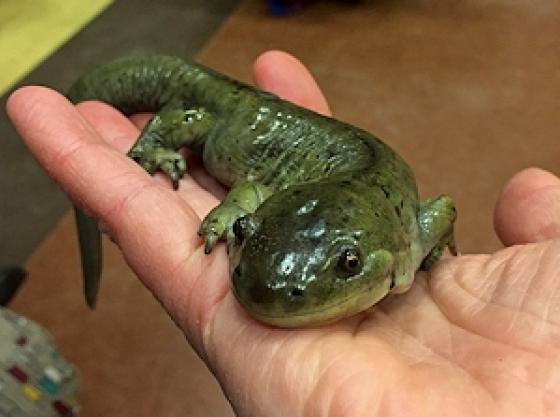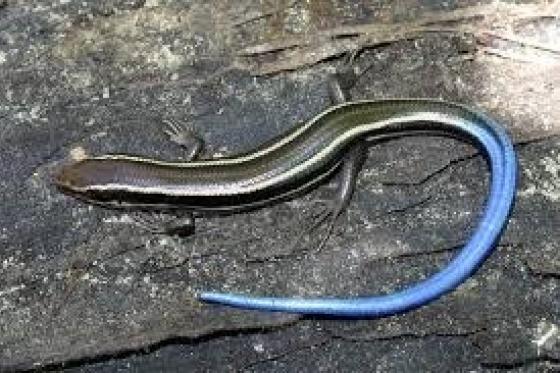
I occasionally hear people say things like “I saw a salamander with a blue tail,” or “I regularly see salamanders and other lizards.” The difference between a lizard and a salamander can be confusing to many of us, as they both have 4 short legs, and are generally long and slender with a long tail. These similarities in appearance belie their evolutionary and ecological differences, as lizards are reptiles and salamanders are amphibians.
